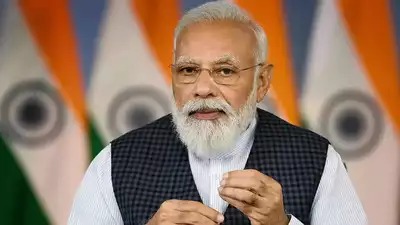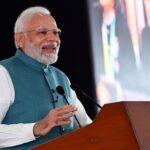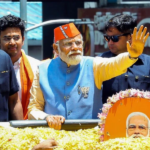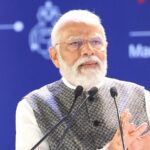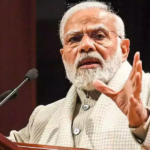Prime Minister Narendra Modi’s participation in the event titled ‘India’s Techade: Chips for Viksit Bharat’ underscores a significant step towards positioning India as a global hub for semiconductor design, manufacturing, and technology development. The virtual laying of the foundation stones for three semiconductor projects reflects the government’s commitment to fostering innovation, economic growth, and employment opportunities, particularly for the nation’s youth.
The semiconductor industry plays a pivotal role in driving technological advancements across various sectors, including electronics, telecommunications, healthcare, and automotive. As the world increasingly relies on semiconductor chips for powering devices and enabling connectivity, establishing a robust semiconductor ecosystem within India holds immense strategic importance.
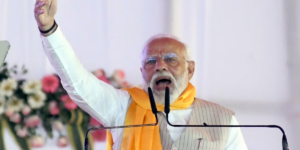
One of the key projects unveiled during the event is the semiconductor fabrication facility at the Dholera Special Investment Region (DSIR) in Gujarat. This facility, spearheaded by Tata Electronics Private Limited (TEPL) under the Modified Scheme for setting up Semiconductor Fabs in India, represents a monumental step towards indigenous semiconductor manufacturing. With a staggering investment of over ₹91,000 crore, this fab facility is poised to become the country’s first commercial semiconductor fab. Its establishment will not only reduce India’s dependence on imported semiconductor chips but also bolster the nation’s technological capabilities and competitiveness on the global stage.
In addition to the fab facility at DSIR, two Outsourced Semiconductor Assembly and Test (OSAT) facilities are also being inaugurated as part of the initiative. The OSAT facility in Assam’s Morigaon, also set up by Tata Electronics Private Limited (TEPL) under the Modified Scheme for Semiconductor Assembly, Testing, Marking, and Packaging (ATMP), represents a significant investment of about ₹27,000 crore. Similarly, the OSAT facility in Sanand, Gujarat, established by CG Power and Industrial Solutions Limited under the Modified Scheme for Semiconductor ATMP, involves an investment of approximately ₹7,500 crore.
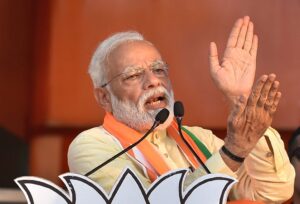
These OSAT facilities will play a crucial role in the semiconductor supply chain by providing assembly, testing, marking, and packaging services. By localizing these critical stages of semiconductor production, India can enhance its self-reliance in semiconductor manufacturing and contribute to global supply chain resilience.
The strategic locations chosen for these semiconductor projects – DSIR in Gujarat and Morigaon in Assam – highlight the government’s emphasis on fostering regional development and inclusive growth. These projects have the potential to create thousands of direct and indirect employment opportunities, driving socio-economic progress in these regions.
Furthermore, the government’s support for semiconductor manufacturing through various schemes and incentives demonstrates its proactive approach towards fostering innovation and industrial growth. By incentivizing private investment in semiconductor fabs and OSAT facilities, the government aims to catalyze the development of a vibrant semiconductor ecosystem in India, attracting both domestic and foreign investors.
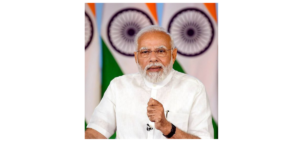
In conclusion, Prime Minister Narendra Modi’s participation in the virtual foundation stone-laying ceremony for these semiconductor projects marks a significant milestone in India’s journey towards becoming a global semiconductor powerhouse. With substantial investments, strategic partnerships, and policy support, India is poised to emerge as a leading player in semiconductor design, manufacturing, and technology development, driving innovation, economic growth, and job creation for years to come.
ALSO READ : PM MODI’S OUTREACH HELPED AVERT A “NUCLEAR” CRISIS IN UKRAINE: REPORT.
